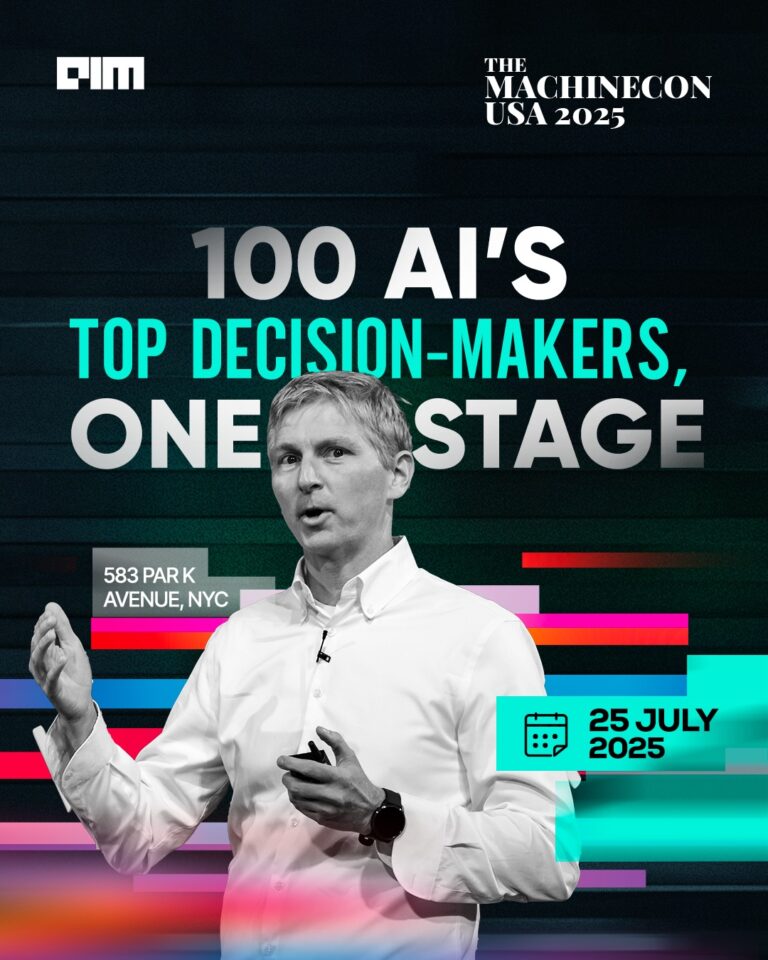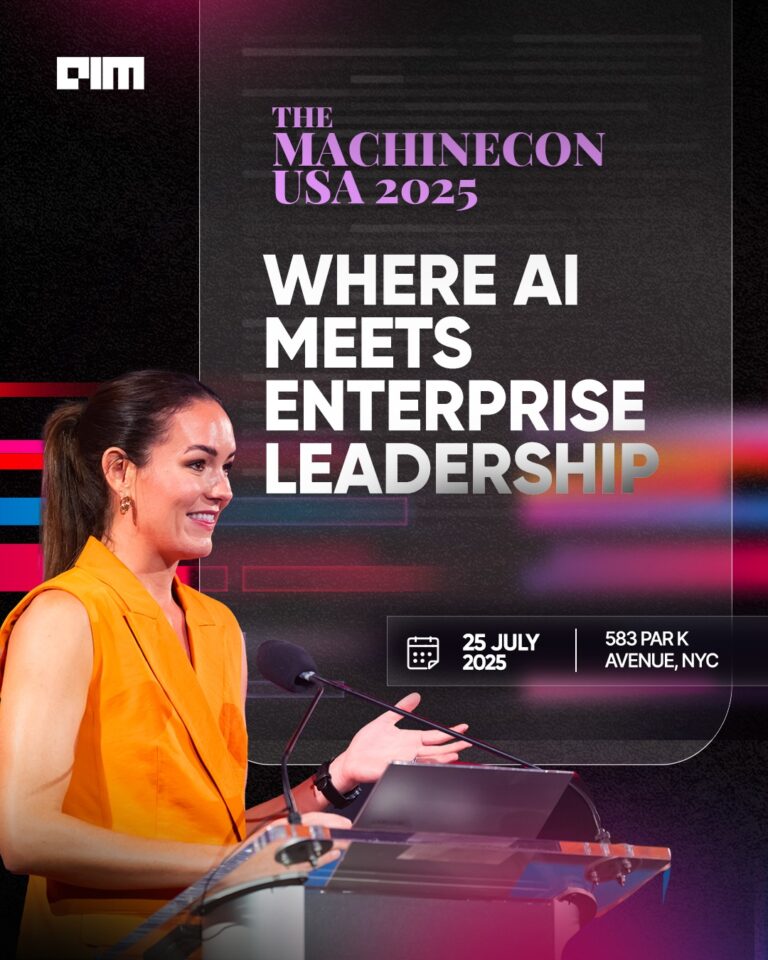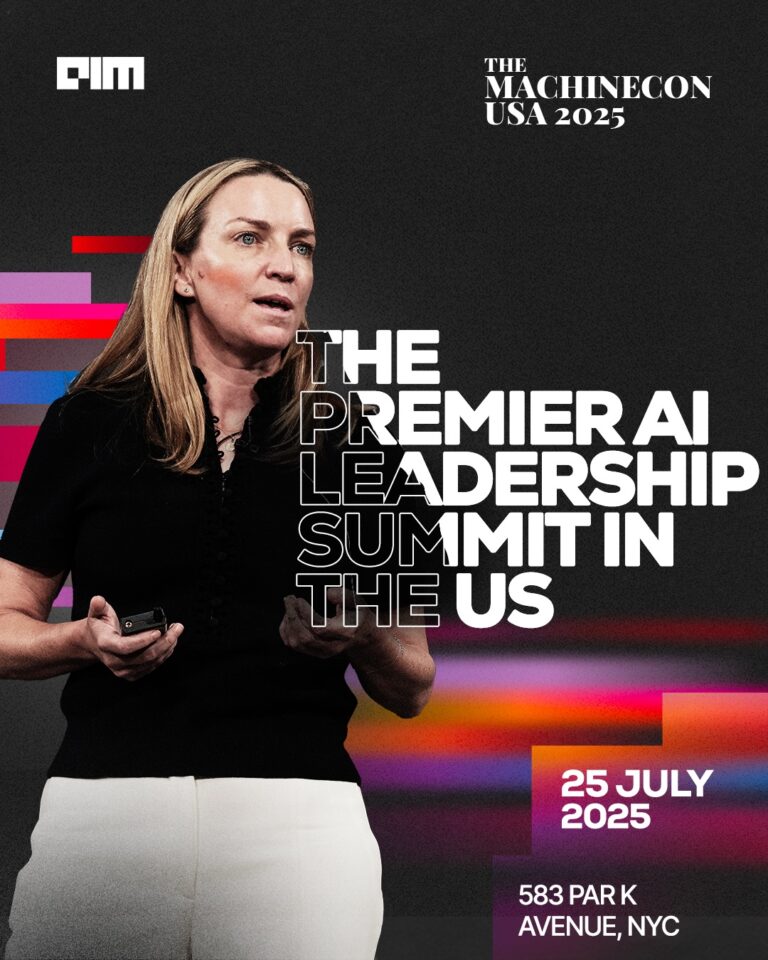The banking industry was among the first to consider the implications of AI. According to Sarthak Pattanaik, head of Bank of New York Mellon’s AI Hub, executives at the BNY gathered to figure out how to integrate AI into their operations just weeks after OpenAI released ChatGPT.
“We feel AI has transformational power and will be part of every product and service,” said Pattanaik in an interview with Fortune.
Now, it is embedded into the operations, product strategies, and workforce planning of America’s largest financial institutions. BNY Mellon, Citigroup, Morgan Stanley, and JPMorgan Chase are leading this evolution, each developing distinct approaches to integrate AI as a fundamental capability.
These financial institutions are adapting to AI while maintaining regulatory compliance and business continuity. The approaches differ, ranging from in-house platforms and digital employees to agentic tools and enterprise-wide deployments, but the intent is shared: to drive long-term efficiency, resilience, and competitiveness.
Bank of New York Mellon
Use case:
To integrate AI into, and speed up, daily operations by embedding “digital employees” as full-time, functional parts of the workforce.
How?
Through proprietary tools like Eliza, a centralized AI platform used to build agentic tools for tasks like code vulnerability detection and payment validation.
BNY Mellon has taken a lead role in treating AI as an operational workforce component. The bank employs dozens of digital workers with individual logins and supervisors. These AI agents are deployed across teams, performing narrow tasks such as fixing code vulnerabilities or validating payment instructions. By siloing their access, the bank ensures tight control over information flow.
BNY’s AI platform, Eliza, acts as a central hub, giving employees access to approved datasets and a marketplace of AI tools. Built using models like OpenAI’s GPT-4 and Google’s Gemini, Eliza supports AI agents and internal automation. In partnership with OpenAI, the bank is further customizing solutions for institutional finance while maintaining a strong emphasis on ethical AI governance and employee training.
Citigroup
Use case:
To modernize internal systems and improve employee productivity across functions.
How?
With AI tools like Citi Assist and Citi Stylus, deployed to over 140,000 staff across eight countries for document search, comparison, and policy navigation.
Citigroup is using AI as a lever for enterprise transformation. Its generative tools are designed to simplify procedural work for employees across compliance, HR, and finance. In parallel, 30,000 developers now use AI-powered code tools that have completed more than 220,000 reviews.
The bank has also launched Agent Assist, a generative AI tool being piloted in U.S. Personal Banking customer service to improve inquiry resolution times. These tools form part of a modernization strategy tied to regulatory compliance, particularly around data infrastructure, a critical focus since penalties in 2024 highlighted internal weaknesses.
CEO Jane Fraser has made clear that while progress has been significant, modernization is ongoing. AI is becoming core to how Citi runs its operations.
Morgan Stanley
Use case:
To accelerate modernization by tackling one of finance’s most difficult problems: legacy code conversion.
How?
With DevGen.AI, a patented in-house tool that turns legacy code into plain-English specifications and modern code templates.
Legacy code, often written in outdated languages like COBOL, slows innovation and increases risk. Morgan Stanley chose not to rely on commercial tools to address the problem. Instead, a small team built DevGen.AI internally using OpenAI’s foundation models, allowing the bank to tailor the tool to its own systems.
Since its launch in January 2025, DevGen.AI has saved more than 280,000 developer hours. It can translate legacy code to natural language summaries, identify sections for regulatory inquiries, and assist in rewriting the code in modern languages.
While full automation of code rewriting still requires human input, the tool represents a foundational upgrade to the bank’s technology stack. It’s also become a case study in focused, high-impact AI deployment, aligned tightly with business objectives and security needs.
JPMorgan Chase
Use case:
To drive enterprise-wide transformation, improve client service, and unlock operational efficiencies at scale.
How?
Via tools like LLM Suite, Coach AI, and proprietary chatbots, integrated into workflows for 200,000+ employees and tailored to job-specific tasks.
JPMorgan Chase has the most expansive AI footprint of the major U.S. banks. The company has developed more than 600 use cases, from trading and payments to fraud detection and contract analysis. AI and data now report directly to CEO Jamie Dimon, reflecting the strategic importance of the technology.
LLM Suite, the company’s generative AI platform, is used by over half its workforce and continues to expand. Tools like Coach AI assist private wealth advisors by summarizing client history, preempting questions, and accelerating research. In market turbulence, AI-enabled staff reportedly handled surges in client requests with greater speed and personalization.
These tools are producing tangible results: JPMorgan estimates nearly $1.5 billion in savings so far, with additional benefits expected in personalization and fraud prevention. According to analyst Mike Mayo, JPMorgan’s advantage lies in its scale and coordinated AI strategy: “The goliath has been winning on AI.”
The Future of AI in Banking
The banking sector offers fertile ground for AI, thanks to its vast data sets and strong regulatory discipline. But that same environment also demands rigorous oversight. AI agents can introduce new risks, particularly if they are allowed to act autonomously in areas like trading or credit decisioning.
For that reason, many banks are adopting a “human-in-the-loop” model: AI performs tasks, but humans supervise, approve, or intervene as needed. This approach balances innovation with control, while training internal teams to manage evolving technology.
Industry leaders argue that the goal isn’t to automate jobs away, but to reallocate human effort to more strategic tasks. BNY, JPMorgan, and Morgan Stanley have all reaffirmed their commitment to hiring and upskilling alongside their AI initiatives.
What makes banks well-suited to lead in AI is their operational discipline, historical experience with machine learning, and early investment in infrastructure. Unlike consumer tech companies that move fast and break things, banks cannot afford to do either. Their success will likely hinge on how well they manage AI’s benefits (efficiency, scale, resilience) against its new responsibilities.















